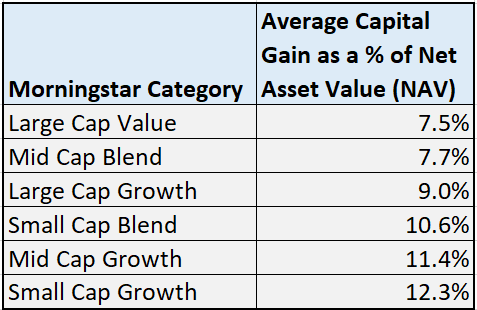Let’s admit it; our pets are part of the family. Nearly 60% of households own a pet and unlike past generations the emphasis on pets and how we treat them has drastically changed. No more leaving Fido to sleep in the backyard with a bowl of dry kibble. Instead we have begun to humanize our pets and treat them as if they were our children. The average American admits to letting them sleep in their bed, preparing fresh meals for them, buying them birthday presents, etc. There really is no better time to be a domestic pet then now and as a result, Americans are willing to spend more money on their pets and the pet industry is booming. Here are some fun facts about how the love we have for our animals is affecting consumer spending and our economy.
- US Census Bureau data reveals that since 1998 the number of pet related stores has jumped by 38%. The broad US economy has only added 8% more storefronts over the same time period.
- Industry research suggests that of the $6.3 billion Americans spent on pet services (excluding veterinary work), 38% of it was on boarding and pet sitting.
- Organic pet food grew from 11% of total US pet food sales in 2011 to 17% in 2014. If 17% does not sound impressive, consider that only 7% of domestic baby food sales are organic.
- Bureau of Labor Statistics data shows that consumers spend more annually on their pets ($1,151) than they do on car insurance ($1,112).
- In 2011, average household spending on pet food alone was $183. This was more than the amount spent on bread ($107), chicken ($124), and cereal ($175).
- US pet related employment has jumped nearly 3x from 195,000 in 1990 to 553,000 in 2015.
- Over the next ten years the Bureau of Labor Statistics forecasts have animal care and service employment up 11% and Veterinarian employment up 9%,
So keep on spoiling your furry companion! It’s not only good for him but also the economy!
*Facts and excerpts taken from “Human, Economy and Pet: How Pets Are Changing Humans and the Economy,” Payden & Rygel, Point of View, Spring 2016.

